From the Prophet-5 to the Fourm, the story of Sequential in 10 synths, sequencers and drum machines
As the company releases its most accessible synth yet, we chart the rise, fall and revival of Sequential
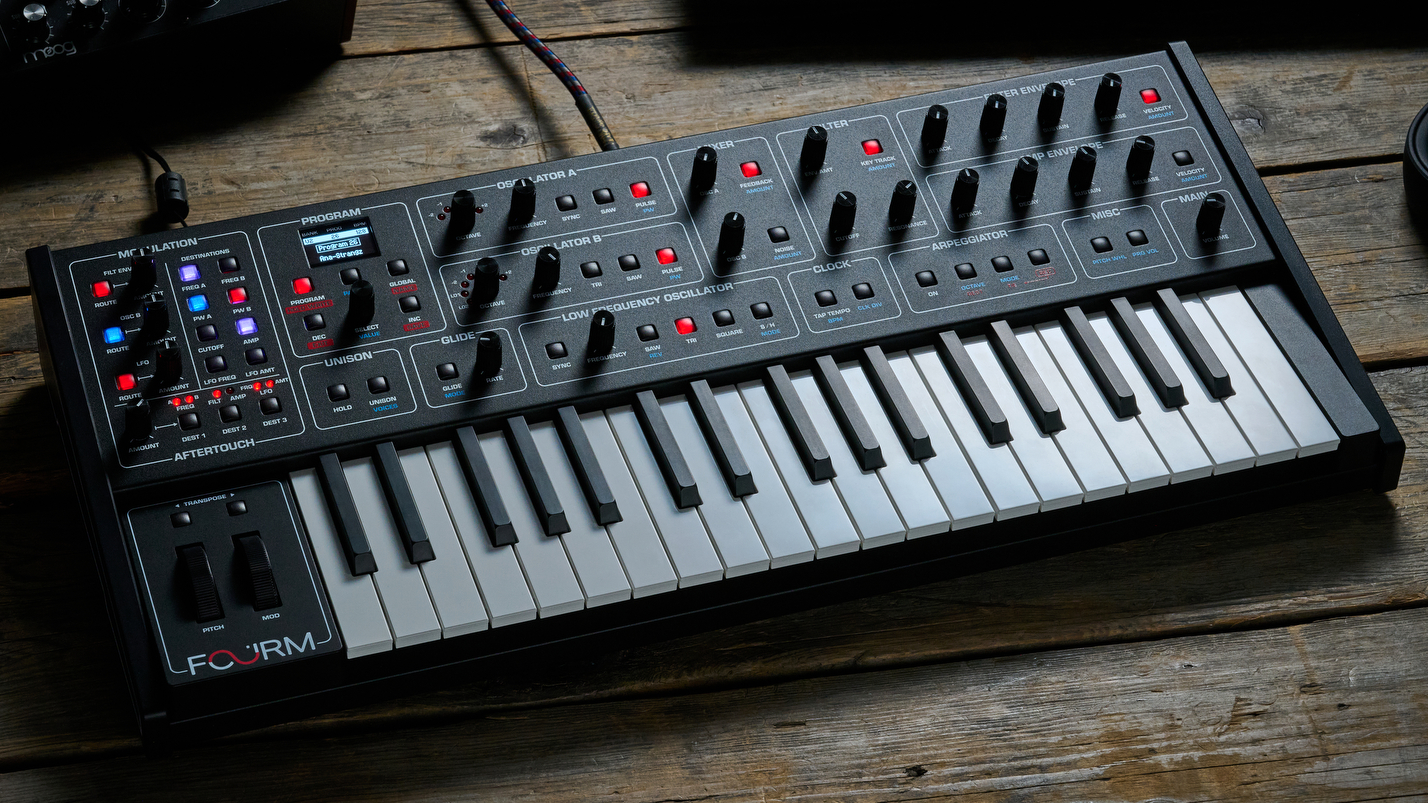
In the late ‘60s, music technology was expensive, unwieldy and mostly out of reach. Synths were the size of refrigerators and access was limited to well-funded studios and successful artists. But, all that began to change in the ‘80s, as companies like Moog began shrinking modular systems into practical, portable formats.
One of the central figures in that shift was Dave Smith, who founded Sequential Circuits in 1974. By 1978, Smith had launched the Prophet-5, the world’s first fully programmable polyphonic synth and a landmark moment in music tech history. Over the next decade, Sequential released a series of influential instruments that helped to shape the sound of modern music.
Sequential Circuits closed its doors in 1987 with Yamaha acquiring the brand name. Smith went on to work in various R&D roles across the industry before launching a new company, Dave Smith Instruments, in 2002. As a gesture of goodwill, Yamaha returned the Sequential name to Smith in 2015, but six years later, the company – now rebranded as Sequential – was acquired by audio giants Focusrite, a year before Smith sadly passed away.
Dave Smith may no longer be with us, but Sequential lives on. The company’s latest release, Fourm, is a compact four-voice analogue polysynth that makes the unmistakable Sequential sound available at a more affordable price point than ever before. In recognition of the release, we’re telling the story of Sequential through ten synths, sequencers and drum machines that have inspired generations of musicians.
1. Model 600/800 Sequencers - 1974/1975
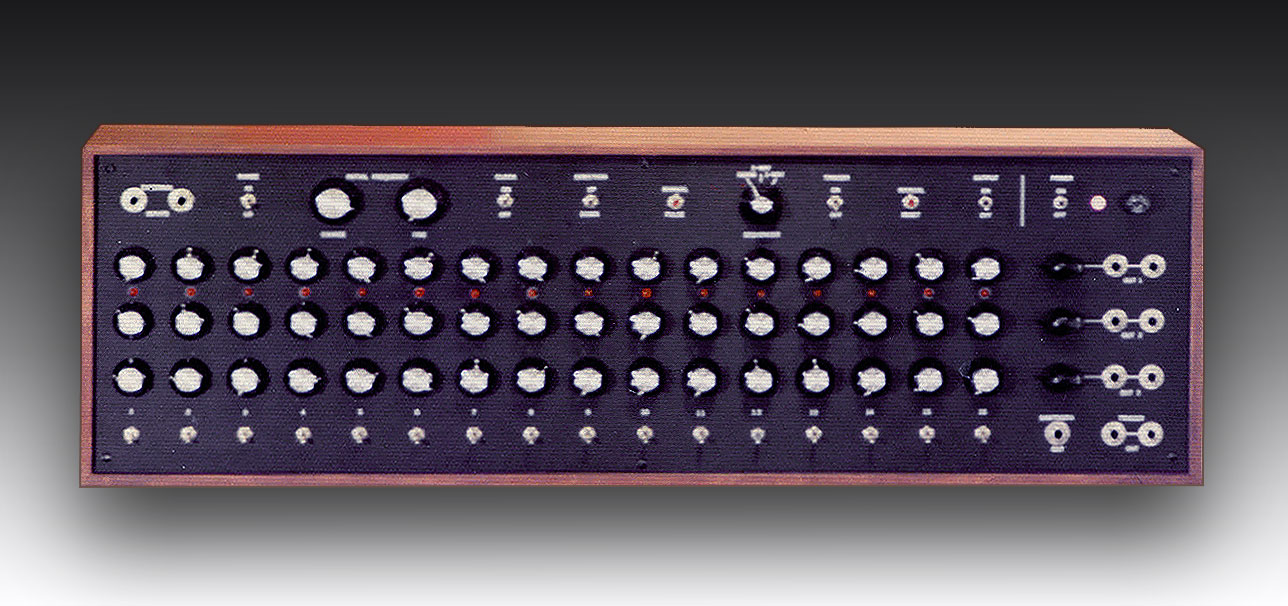
You could be forgiven for wondering how Sequential Circuits Inc. got their name, particularly when we associate the brand so heavily with synthesizers. Two of Dave Smith’s very first products were sequencers; the Model 600 was an analogue design, released in 1974, closely followed by the digitally controlled Model 800, during the following year. Dave Smith was originally a computer software and electrical engineer, and it was his sideways view on producing music with machines that gave rise to some of his earlier and less obvious products.
2. Model 700 Programmer - 1977
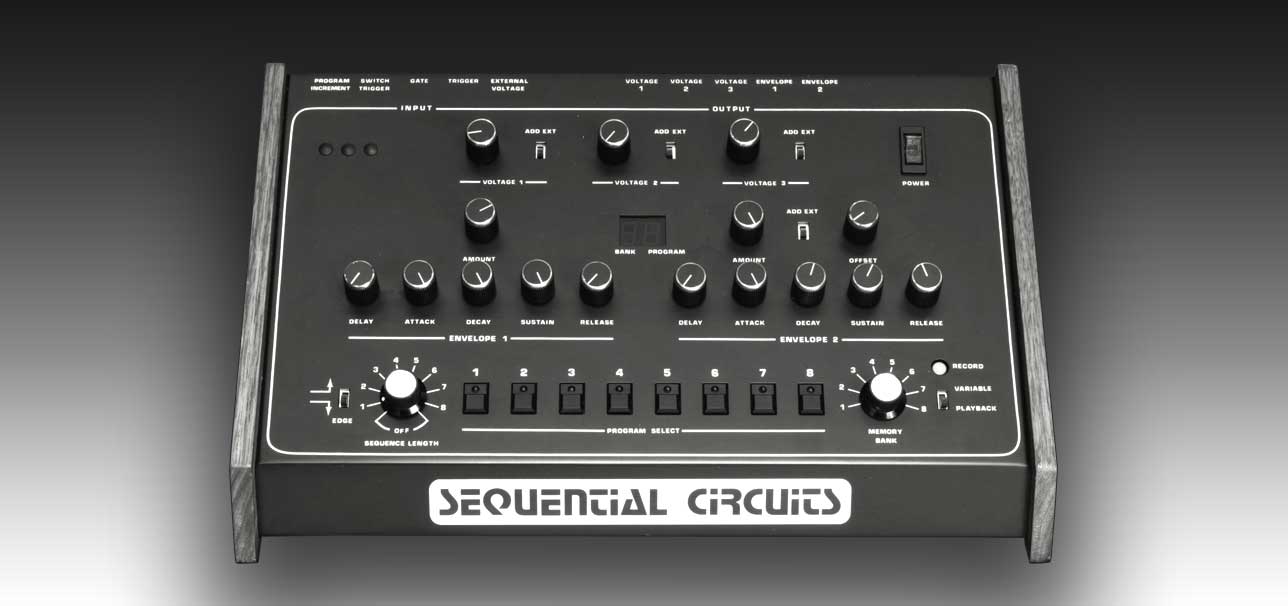
In another example of this sideways glance at tech, the Model 700 Programmer was a product that provided a tremendous solution to a problem understood by many live musicians looking to employ synthesizers in their live work.
The most desirable synths of the era, the Minimoog and ARP Odyssey, did not offer patch recall. This was a problem that Dave and his associate (John Bowen) found a solution to, through an ingenious concept; offer a duplicate set of knobs on a separate unit, but employ an onboard microprocessor to scan the knob positions. These settings or positions could then be sent to the host synth, as voltages, and voila! Patch memories, hosted by an outboard unit.
Want all the hottest music and gear news, reviews, deals, features and more, direct to your inbox? Sign up here.
The Model 700 Programmer was a very in-demand unit, despite its exorbitant price of $995, but it was pivotally important to SCI, as it provided them with a technology that they could take forward, along with a huge injection of cash, both of which resulted in the development, release and ultimate influence of their next product. And what a product it was...
3. Prophet-5 - 1978
The Prophet-5 is undoubtedly one of the most iconic and influential synthesizers ever designed and built. Next to the Minimoog, its legacy is extraordinary and despite its original release in 1978, its allure hasn’t faltered in nearly 50 years, with the announcement of the updated Revision 4, in 2020.
The release of the original Prophet-5 was far from smooth, though. It was released in tandem with the ill-fated first incarnation of the Prophet-10. Early Rev.1 models shipped with a degree of oscillator instability, but despite its troublesome start, it quickly became a ‘must-have’ synth. Drawing inspiration from the Model 700 that preceded it, the Prophet-5 offered patch memory in a polyphonic synth, coupled with the tremendous Poly-mod section, which quickly caught the imagination of programmers, with its ability to create incredible metallic and bell-like tones from a mere analogue machine.
During the late 70s and early 80s, various revisions (or Revs) brought more functionality and stability to the machine, with one of the biggest turning points coming in 1980, when SCI finally ditched the SSM chips that had been originally used, for the far more reliable and cooler-running Curtis chips, requiring a redesign of the internals to accommodate.
The final Rev.3.31 also offered a newfangled connection-type called MIDI. But regardless, the fascia and appearance largely remained unchanged throughout its tenure. History has not always been very kind to the reliability of the original Prophets, with component failure and unreliability being a part of vintage ownership. That was before the long-awaited reissue of the Prophet-5 Rev.4 in 2020. The public had been crying-out for years, and finally it arrived; a Prophet-5 (or 10) with contemporary reliability and modern features, such as velocity control, aftertouch and a full MIDI specification, and those issues with reliability? So far, so good!
It remains one of the most used synthesisers in existence, which was also thought to have provided inspiration for another analogue poly behemoth; the Roland Jupiter 8.
4. Prophet-10 - 1978

The original Prophet-10 was hoped to be the same as a Prophet-5, but with an increased voice capacity, as suggested by the name.
In reality, the chips ran too hot, leading to oscillator instability at best, or complete system failure at worst. The case work was not big enough to support heat sinks or fans, so an inevitable recall resulted in Prophet-10s having half their voice chips removed, reverting to the status of the Prophet-5.
This led to the Rev.2 versions of the Prophet-10, which switched to a double-manual configuration, but even so, their use of SSM chips caused problems, resulting in the Rev.2 barely getting past the prototype stage.

By the time the Rev.3 came along, it was 1980, and while the double-keyboard was finally starting to display reliable tendencies, in no small part thanks to the use of Curtis chips, demand for the P-10 was dwindling. The huge keyboard rigs of the late 70s were starting to look a little grandiose and obscene, and with a street price at around £5600, it was far from cheap, particularly when facing competition from the newer Japanese poly’s.
Even so, the Prophet-10 has become the stuff of legends, and while the Rev.4 2020 re-release pays homage to the original single-manual concept, there is still something incredibly alluring about the enormous 2-manual P-10 beast. What’s better than one Prophet-5? Two in one case… obviously!
5. Pro-One - 1981
If we were being unfair, we could describe the Pro-One as a single-voice, mono version of the Prophet-5, but as any P-1 user will tell you, it’s much more than that.
Internally, it shares much with the Rev.3 Prophet-5, but being monophonic introduces a degree of character which is fairly unique. The depth of tone is astounding, meaning it’s perfect for thundering basses, while the envelopes are incredibly snappy, making light work of any requirements for percussive sounds.
Meanwhile, the left of the instrument panel provides a modulation matrix, which is firmly analogue in routing and styling, and truly unique to the Pro-One. When it was first produced, it shipped for £470, which was at the upper end of the cheapening mono-market, but it didn’t stop approximately 10000 units being made and sold.
In terms of build, the plastic chassis with wooden end-cheeks, wasn’t quite up to the mark of other SCI products, but it was sturdy enough, except for the keyboard, which was fairly unreliable and pretty horrible to play. Mind you, you could always use the onboard sequencer, which hosted 28 notes in sequence. No, we don’t know why ’28’ notes either!
The Pro-One remains a favourite with many synth-based musicians, most notably Vince Clarke, who cites the Pro-One as his favourite synth of all time. Just listen to his early work as part of Yazoo; tracks such as Don’t Go are almost entirely created using his Pro-One.
The Pro-One also provided Dave Smith with the inspiration for one of his new instruments, under the branding DSI (Dave Smith Instruments). The Mopho (2009), was a monophonic synth from the tradition of the Pro-One, with contemporary technology and increased sonic capabilities, including a sub-oscillator.
6. DrumTraks - 1984
The SCI DrumTraks is one of those drum machines that also garners classic status, albeit a little way down the lineup that also features 808s, 909s and Linn Drums.
In many respects, it was far more capable than the Roland machines. With 13 onboard sounds, and 12-voice polyphony, all with tuning and volume control. It adopted the usual pattern/song programming architecture, with extensive editing capabilities, such as copy and paste. Well, extensive for 1984 anyway! The sounds were punchy and deep, with the ability to connect to other devices via MIDI.
7. Prophet VS - 1986
Continuing the adoption of the Prophet branding, the VS was a unique and another ingenious design from the Sequential stable. Inspired by the growing popularity of digital synthesis, the VS provided four oscillators, in a configuration that allowed blending and movement across the four timbral sources, in a form of synthesis that was described as Vector Synthesis.
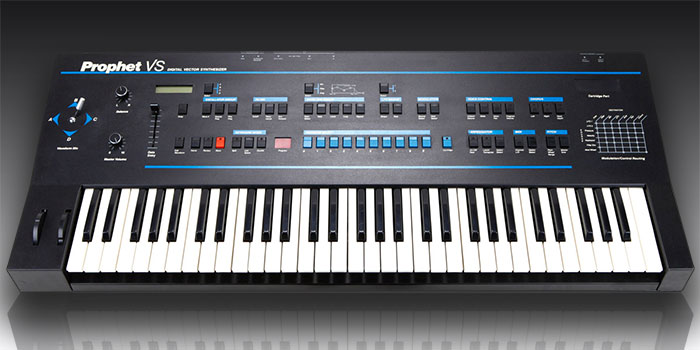
Available in both keyboard and rack mounted formats, the four oscillators offered a choice from 127 waveforms, which was a large increase over the few subtractive originals, found on SCIs analogue machines. The onboard joystick provided an accessible way of morphing between waves, 32 of which were user assignable. SCI also employed analogue filters alongside the digital oscillators, in a classic example of hybrid technologies.
This 8-voice unit was way ahead of its time, but with failing finances, it wasn’t long before Sequential Circuits was snapped up by Yamaha in 1987. The team behind the VS went on to work on the Yamaha SY22/TG33, both of which employed Vector Synthesis technology, before the same team went over to Korg, to produce the incredibly popular Wavestation series.
8. Prophet ’08 - 2007
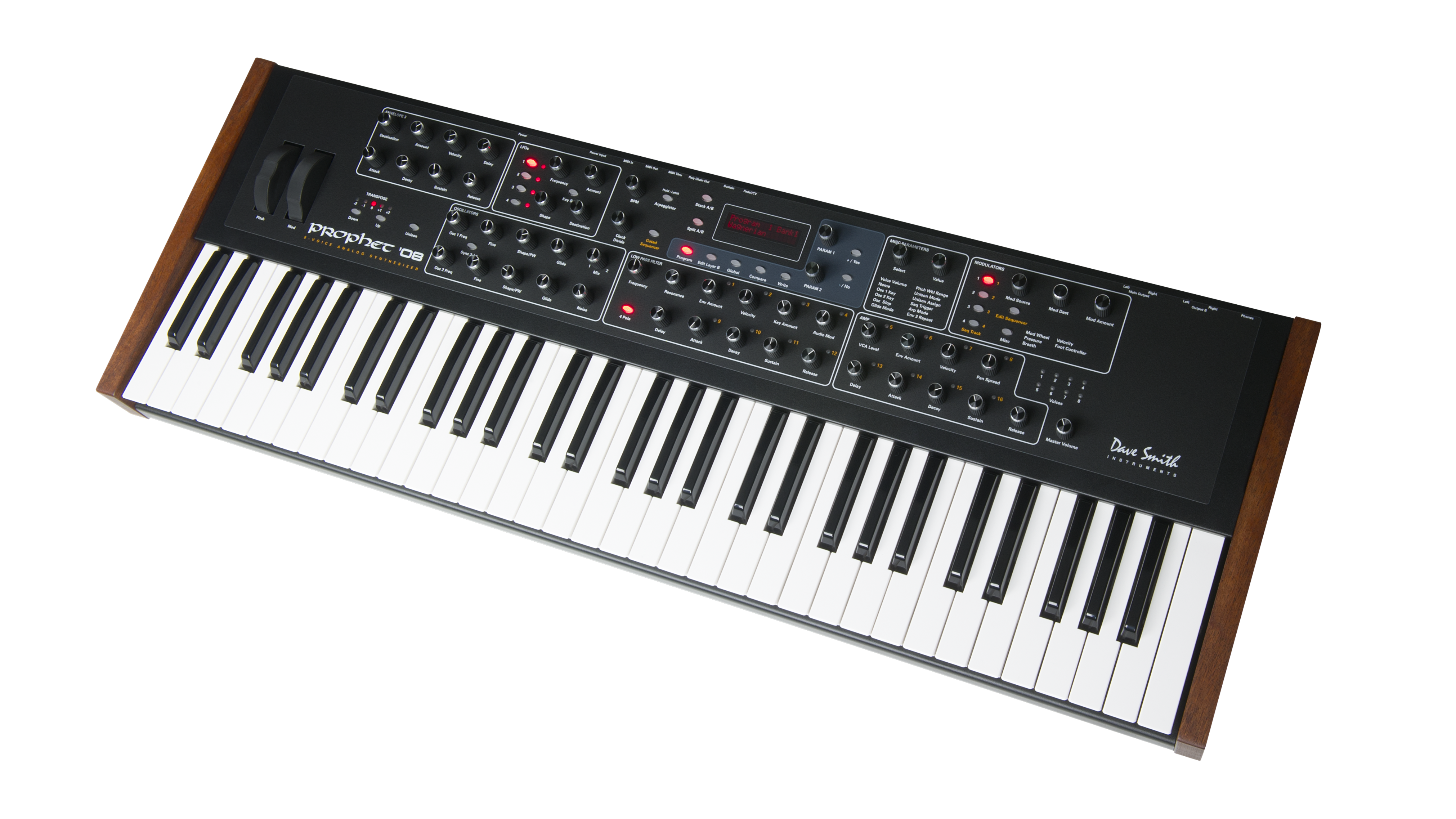
After several years away, Dave returned to the world of hardware synths in 2002 with his new brand, Dave Smith Instruments (DSI).
The Prophet ’08 was seen as a rebirth of the Prophet series, in an 8-voice synthesiser, which offered two oscillators per voice, but now in a DCO format. It was deemed as the return of an analogue giant, albeit under the DSI branding, as Yamaha still owned the Sequential trademark.
The Prophet ’08 captured an awful lot of attention, but die-hard SCI fans complained that it wasn’t quite the Prophet-5 that they had hoped for, particularly as it only provided a 4-octave keybed, lacking the 5th octave provided by the original Prophet-5. It did, however, prove to be popular, providing good memory capacity and tonal stability, making it ideal for both live and studio work.
9. Take 5 - 2021
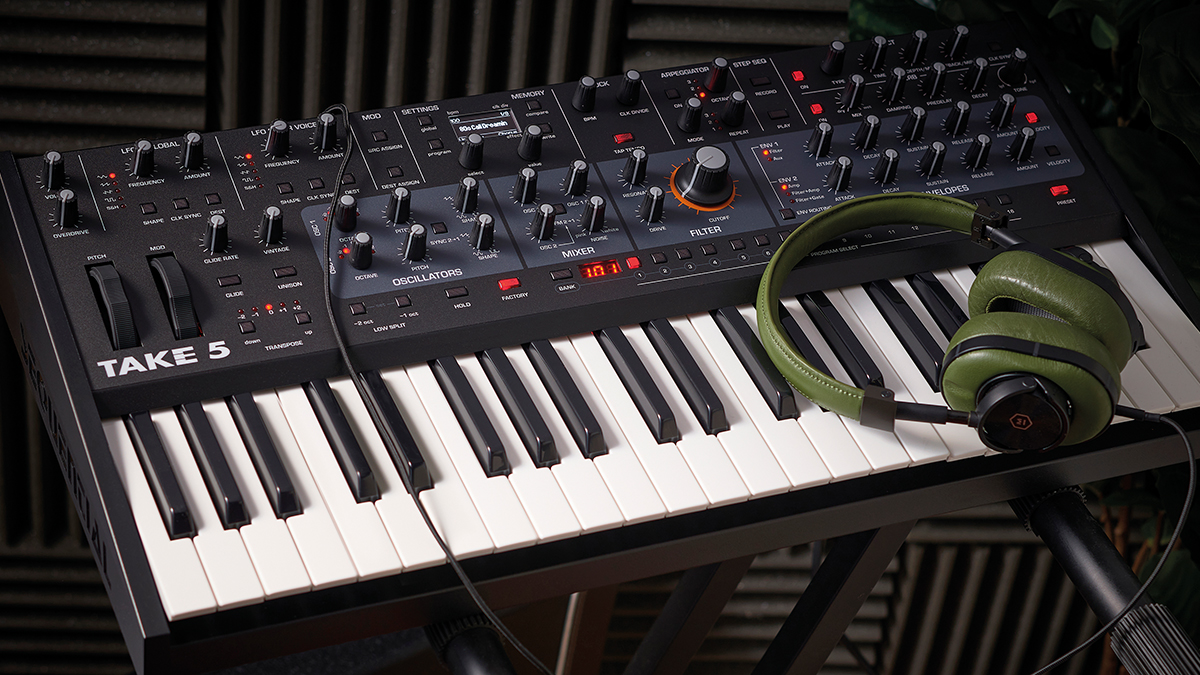
With a squaring of the circle, DSI reverted to the Sequential name in 2015, after Yamaha agreed to return the brand to Dave Smith, as a gesture of good will.
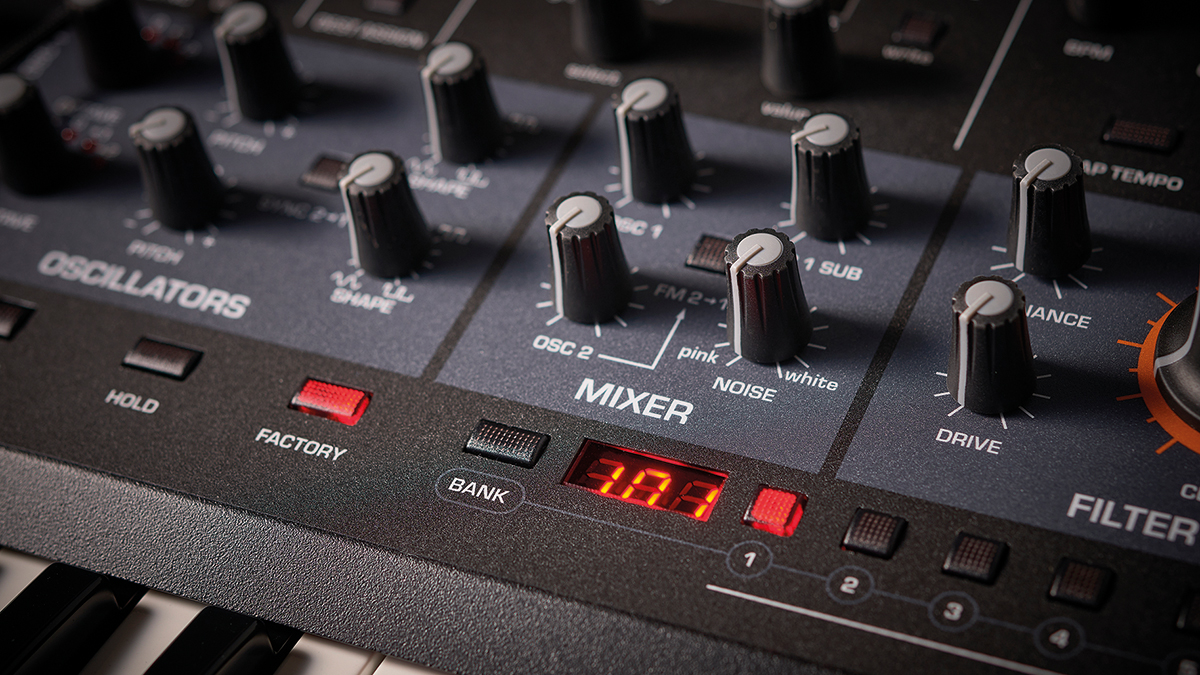
This led to the release of the Prophet-6, which was another homage and tribute to the Prophet-5, finally back under the Sequential branding. However, it was the re-release of the Prophet-5 Rev.4 in 2020 that really cemented the deal, as Sequential gave the public the machine that they had been crying out for, albeit at a price point which was not affordable to all. The response was overwhelmingly joyous, but Sequential then distilled all of the P-5 goodness into a new, smaller and far more compact poly; the Take 5.
Armed with two VCOs per voice, alongside a sub-oscillator, the Take 5 includes the classic 4-pole analogue filter, in a unit which is both portable and affordable, at least if compared to the larger siblings. Of course, it also scores high in the reliability department, being armed with plenty of patch memory and an onboard 64-step polyphonic sequencer.
10. Fourm - 2025
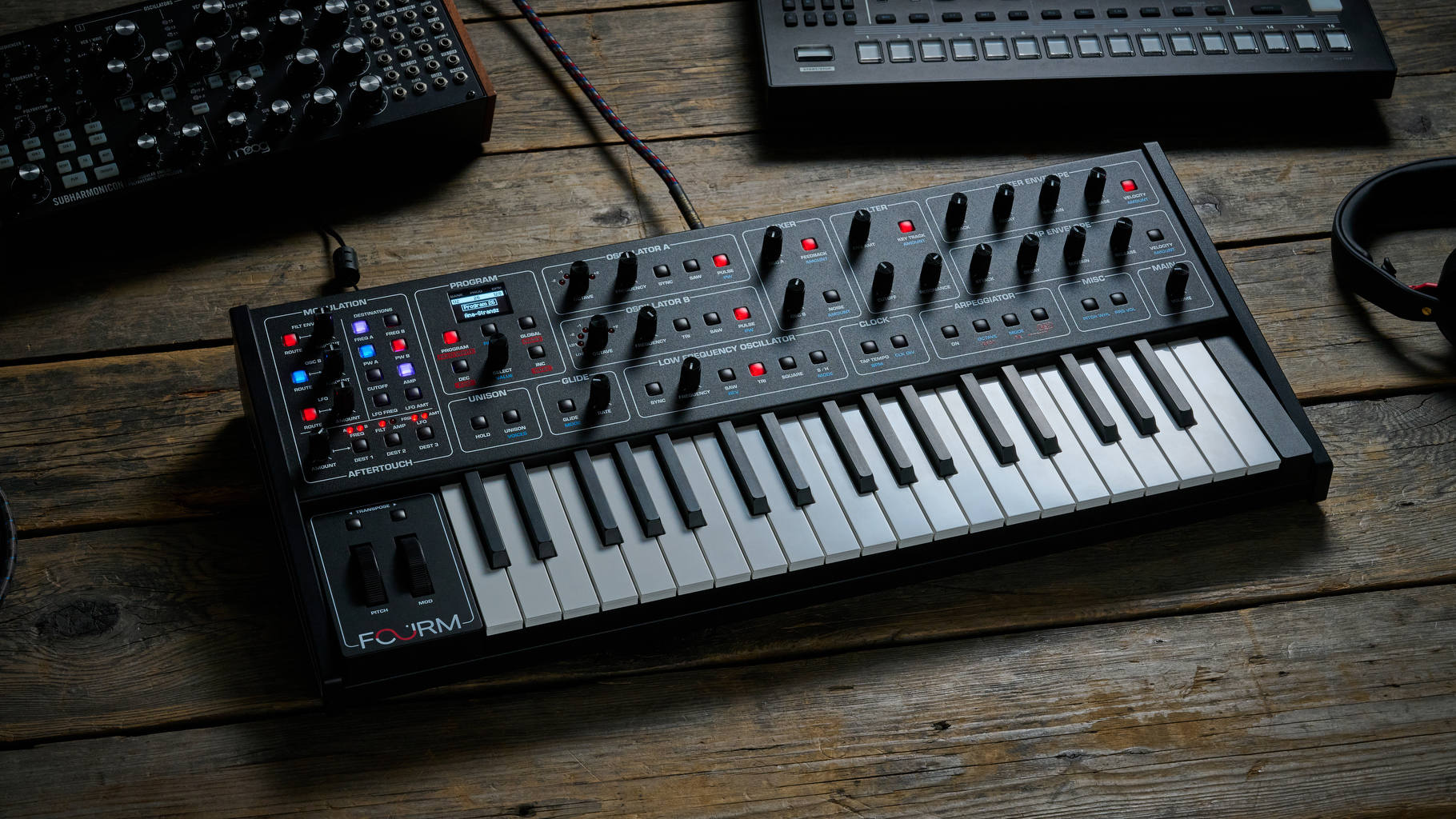
Continuing its progression towards smaller, simpler and more affordable instruments, the latest chapter in Sequential's history is Fourm, a compact analogue poly that distils the Prophet lineage into its most accessible package yet.
With only four voices, no onboard effects and a 37-note slim-key keyboard, Fourm isn't going to deliver enough firepower for every synthesist, but at $999/£799, you wouldn't expect it to. What the Fourm does deliver is a solid design and build, an unmistakably "Sequential" sound and tons of value for a sub-$1000 synthesizer.

With its (almost) knob-per-function layout and top-panel modulation matrix, Fourm echoes the immediacy of the original Pro-One, remaining firmly in the Sequential tradition with a "Prophet-lineage" 4-pole low-pass filter. It's not all looking backwards, though, as the Fourm is the first Sequential instrument to have native polyphonic aftertouch, thanks to its newly-designed 'Tactive' keybed.
Some feared that Focusrite's acquisition of Sequential might dilute the company's innovation, but Fourm proves otherwise: it's a democratizing release that places the hallmark Sequential sound within reach of a new generation, building on the company's historic foundations to create an instrument that's far more capable than its price suggests.
Honorable mentions
It’s difficult to encapsulate the illustrious career of Dave Smith and the story of Sequential in only 10 products, and there are plenty of fantastic products that just got nudged out of our timeline. The DSI Poly Evolver, and Sequential’s association with Tom Oberheim, which resulted in the OB-6, to name just a couple.
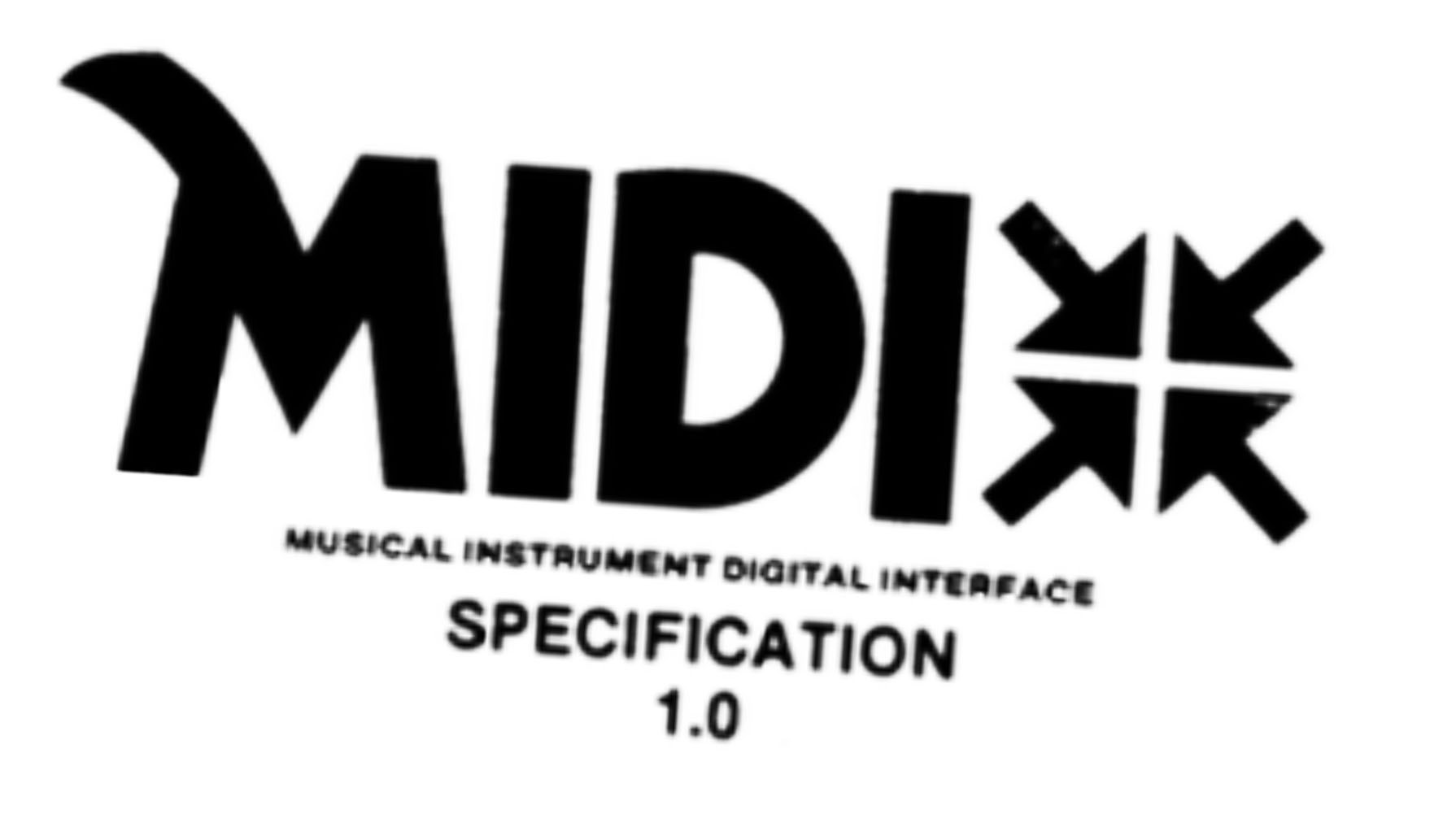
Synth wars: The story of MIDI, the one interface that ruled them all
But there is one aspect of Sequential that we have to treat as an honorary mention, despite the fact that it’s not a synth in itself. Dave Smith was an integral part of the team that designed and initiated the protocol known as MIDI (Musical Instrument Digital Interface). There were many interactions between Ikutaro Kakehachu of Roland, Tom Oberheim, Bob Moog and Dave, alongside other companies, over a period of approximately two years, where the protocol was designed and formatted, before its first successful demonstration, at Winter NAMM in January 1983.
Dave connected a SCI Prophet-600 to a Roland Jupiter 6, in what was a semi-impromptu demonstration which to everyone’s relief, worked superbly! MIDI has been a staple of electronic instrument design for over 40 years; alongside so many other accolades and industry highlights, that’s quite a legacy!
Roland Schmidt is a professional programmer, sound designer and producer, who has worked in collaboration with a number of successful production teams over the last 25 years. He can also be found delivering regular and key-note lectures on the use of hardware/software synthesisers and production, at various higher educational institutions throughout the UK
You must confirm your public display name before commenting
Please logout and then login again, you will then be prompted to enter your display name.





